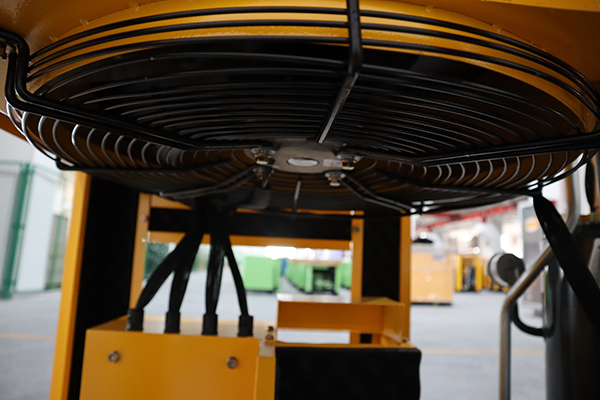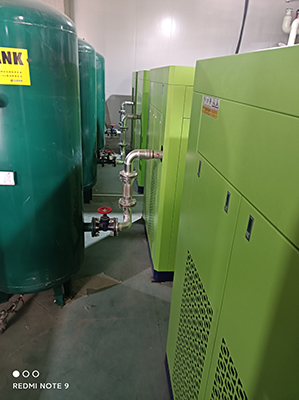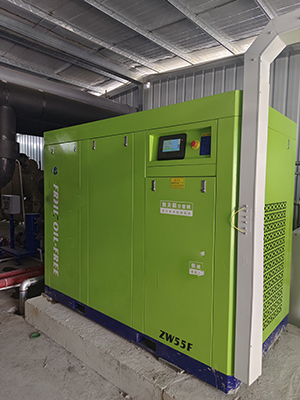Rotary Screw Air Compressor Upgrade Options for Old Systems
News 2025-10-24
In many industrial facilities, rotary screw air compressors are essential for delivering reliable compressed air, but aging units often face issues like reduced efficiency, higher energy costs, and frequent breakdowns. Upgrading these systems can address these challenges by incorporating modern technology, leading to improved performance and cost savings. This article outlines key strategies for enhancing old rotary screw air compressors, focusing on practical options that boost operational reliability and align with industry standards.

Key Upgrade Components
Upgrading involves targeting specific parts of the compressor. For instance, installing variable speed drives allows the unit to adjust output based on demand, significantly cutting energy use in fluctuating load scenarios. Replacing outdated air ends with high-efficiency models can enhance compression ratios and reduce heat, while updating control systems with digital interfaces enables real-time data analysis and automated adjustments, helping prevent failures and optimize maintenance schedules.
Performance Improvements
Upgrades deliver tangible benefits, such as increased energy efficiency that can lower consumption by up to 35%, directly impacting operational costs. Enhanced durability from advanced materials reduces wear and extends equipment life, minimizing downtime in critical applications. Additionally, quieter operation and better vibration control improve workplace conditions, making the system more suitable for noise-sensitive environments while maintaining high output and reliability.
Industrial Applications
In manufacturing, upgraded compressors ensure consistent air supply for automated machinery and processes, supporting higher productivity. The food processing industry benefits from oil-free upgrades that maintain hygiene standards, preventing contamination. In construction and mining, robust, efficient systems handle variable demands and harsh conditions, underscoring the importance of reliable compressed air in driving efficiency, safety, and quality across diverse industrial operations.
Implementation Considerations
When planning an upgrade, evaluate factors like system compatibility and potential return on investment to ensure seamless integration. Working with specialists can help select the best options tailored to specific needs, while considering long-term energy savings and environmental impact promotes sustainable practices. A well-executed upgrade not only revitalizes old equipment but also positions it as a key asset in modern industrial workflows.


